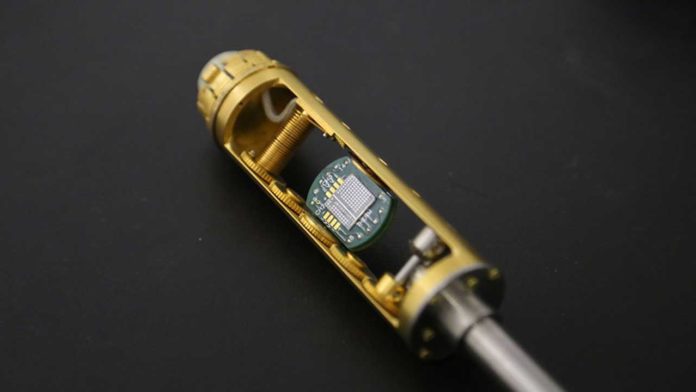Electronic components, such as integrated circuits, transistors, diodes, resistors, and capacitors, among others, are designed and built to withstand particular amounts or levels of heat. However, different internal and external situations can result in overheating that can potentially damage an electronic component.
This research demonstrates the potential solution to overheating problems. Modern computer memory encodes information by switching magnetic bits within devices. Scientists from the NUS Electrical and Computer Engineering has found a new efficient way of using ‘spin waves’ to switch magnetization at room temperature for more energy-efficient spin memory and logic devices.
Instead of embracing standard electron injection methods used in traditional electronics, scientists creatively used ‘spin waves’ to switch magnetization. Spin waves are propagating disturbances in the ordering of magnetic materials, and from the quasiparticle perspective, spin waves are known as ‘magnons.’
Scientists built a bilayer system, composed of antiferromagnetic magnon transport channel and a topological insulator spin source. They then successfully demonstrated spin wave-driven magnetization switching in the adjacent ferromagnetic layer with high efficiency at room temperature.
Initially, this switching scheme is based on spin waves that can avoid moving charges. Thus, much less Joule heat and power dissipation would be expected for devices. The advance of spin wave-based switching could open a new avenue for energy-efficient chips.
Dr. Wang Yi, the first author of this work, said, “The spin waves (magnons) can deliver spin information even in insulators without involving moving charges. This unique property potentially allows longer spin propagation but with lower dissipation compared to electron spins.”
“Then we can control the magnetization if we transfer the spin information from the magnons to the local magnetization, which can be understood as ‘magnon torques’. Just as a linear force is a push or a pull, a torque can be thought of as a twist to an object. Hence, this new way to manipulate the magnetization can be used for future data memory and logic devices.”
Professor Yang Hyunsoo, the team leader of this research, said, “Our work first shows that the magnon torque is sufficient to switch the magnetization at room temperature. Even the efficiency of the magnon torque is comparable with previously pursued electrical spin-torque efficiency. We believe it can be substantially enhanced by engineering devices further so that the magnon torque will become more energy efficient.”
Scientists are further planning to engineer the efficiency of magnon torques and explore all magnon devices without involving electrical parts. Moreover, the operation frequency of spin waves is in the terahertz range. Terahertz devices can transmit data at significantly higher speeds than currently possible.
Prof Yang said, “Therefore, magnon torque based devices will allow the implementation of ultrahigh-speed applications in the future.”
The results of the study were published on 29 November 2019 in Science.
